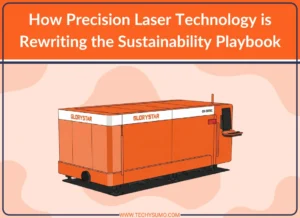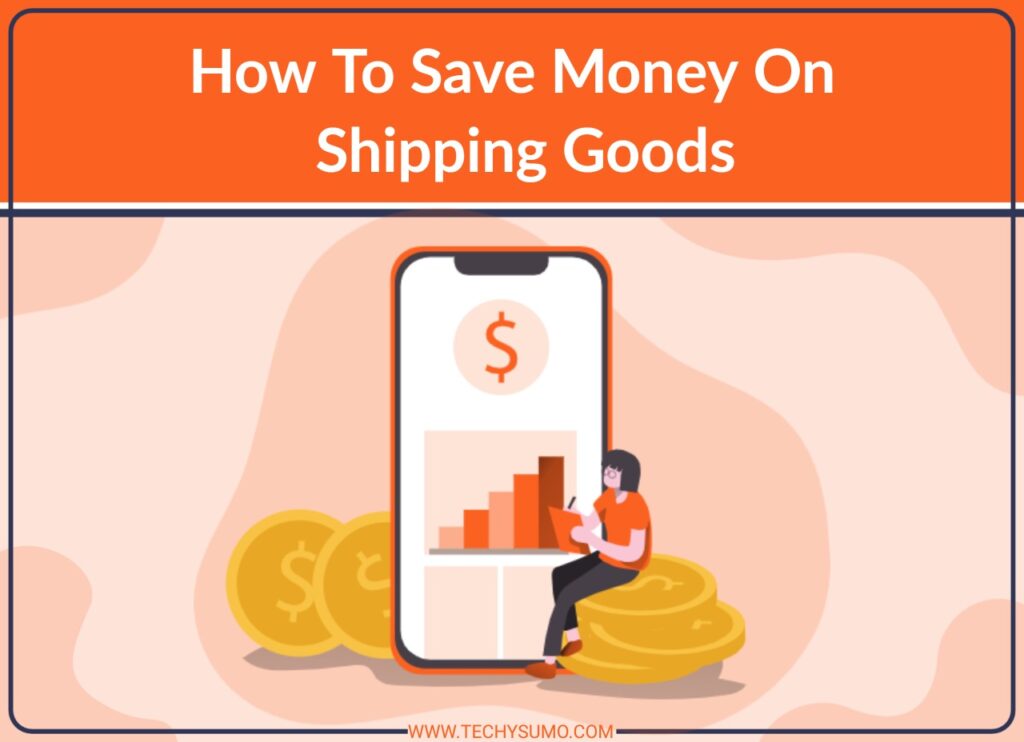In a digital world filled with social media ads, targeted email campaigns, and SEO strategies, it might seem as though traditional advertising has taken a backseat. Yet, one form of marketing has consistently stood the test of time: the physical banner. From high street retailers to trade exhibitions and local events, banners remain a core component of brand visibility—and for good reason.
Despite the rise of digital platforms, modern businesses continue to rely on physical banners to capture attention, communicate messages effectively, and build brand recognition in ways that online ads simply cannot replicate. This article explores why physical banners remain relevant and why materials play an important role in their effectiveness.
Table of Contents
Tangible Impact in a Crowded World
In an age where consumers are bombarded with thousands of digital impressions per day, physical banners cut through the noise. They’re bold, tangible, and hard to ignore. Whether it’s a banner outside a shop, at a construction site, or above a pop-up market stall, these visuals draw the eye with colours, logos, and messages that stick.
Digital ads can be scrolled past or blocked, but a well-placed banner in a high-traffic location gets seen—by drivers, pedestrians, and event attendees alike. The physical presence of a banner helps reinforce a brand’s message and adds to its memorability.
Cost-Effective and Long-Lasting
While online advertising often requires ongoing spend and constant optimisation, physical banners are a one-time investment that can provide long-term exposure. Once printed, a banner can be used repeatedly for months or even years depending on the material and setting. This makes them a budget-friendly solution for businesses looking to stretch their marketing spend.
Also Read
Materials are engineered for durability. Whether used indoors or outdoors, these banners can withstand the elements, resist fading, and remain in good condition for long periods, making them ideal for repeated campaigns or seasonal promotions.
Flexibility in Use
Another reason physical banners are still popular is their sheer versatility. Banners can be used across a wide variety of environments and business types. They’re seen:
- At retail storefronts announcing sales and special offers
- In exhibition halls at trade shows and conferences
- At construction sites promoting companies and safety messages
- During events, festivals, and sponsorship activities
- In corporate buildings for internal communication and branding
Banners come in many sizes and styles—pull-up, mesh, PVC vinyl, and more. This flexibility allows businesses to tailor their banner type to the environment and purpose, whether for eye-level engagement or large-scale overhead displays.
Strength in Local Marketing
Local businesses, in particular, still rely heavily on banners as a way to connect with their immediate communities. A banner in a shop window or outside a local event can serve as a powerful prompt, reminding people of what’s nearby and available.
Even large businesses and franchises use banners in local campaigns to create a visible presence. Unlike digital campaigns that may reach people miles away who are unlikely to engage, banners deliver location-specific visibility where it counts.
Complementing Digital Strategies
Physical banners also work hand-in-hand with digital marketing strategies. A QR code printed on a banner can drive traffic to a website. A social media handle displayed prominently invites passersby to follow and engage online. Hashtags, event names, and discount codes can bridge the gap between offline impressions and online actions.
In this way, banners support an omnichannel marketing approach, reinforcing brand identity and messaging across all platforms—digital and physical.
Psychological Impact and Brand Recall
There’s a psychological effect to seeing a brand in the real world. Studies show that people trust brands they encounter in physical formats more than those they only see online. A large, well-designed banner can convey professionalism, stability, and credibility. It tells the viewer that the brand is established and active in the real world.
This increased trust leads to better brand recall. When someone who’s seen your banner walks into your store or visits your website, there’s already a level of recognition and familiarity that makes them more likely to engage.
Quality Materials Make All the Difference
While the design of the banner is crucial, the material it’s printed on is equally important. Poor quality banners fade, tear, or look cheap—undermining the professional appearance you’re aiming for. High-performance solutions like Soyang banner material ensure that banners look great from day one and continue to deliver impact over time.
Soyang’s materials are known for their strength, weather resistance, print quality, and variety. Whether you need mesh banners for windy outdoor conditions or high-gloss finishes for indoor displays, there’s a product tailored to your needs.
Final Thoughts
While digital marketing has revolutionised how brands interact with customers, physical banners continue to prove their worth in the modern marketing mix. Their visual impact, affordability, reusability, and physical presence make them a valuable tool—especially when crafted from premium materials.
Rather than becoming obsolete, banners have evolved alongside digital trends. They’ve become smarter, more integrated, and more durable. For any business looking to strengthen its local and beyond visibility, physical banners remain a powerful and practical choice.






